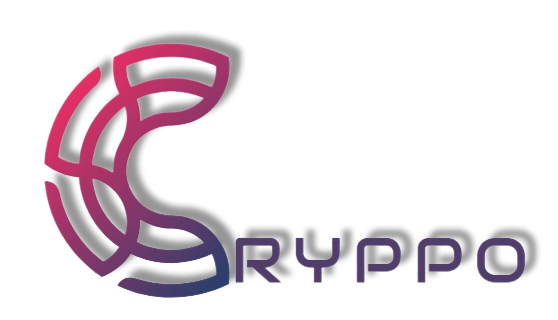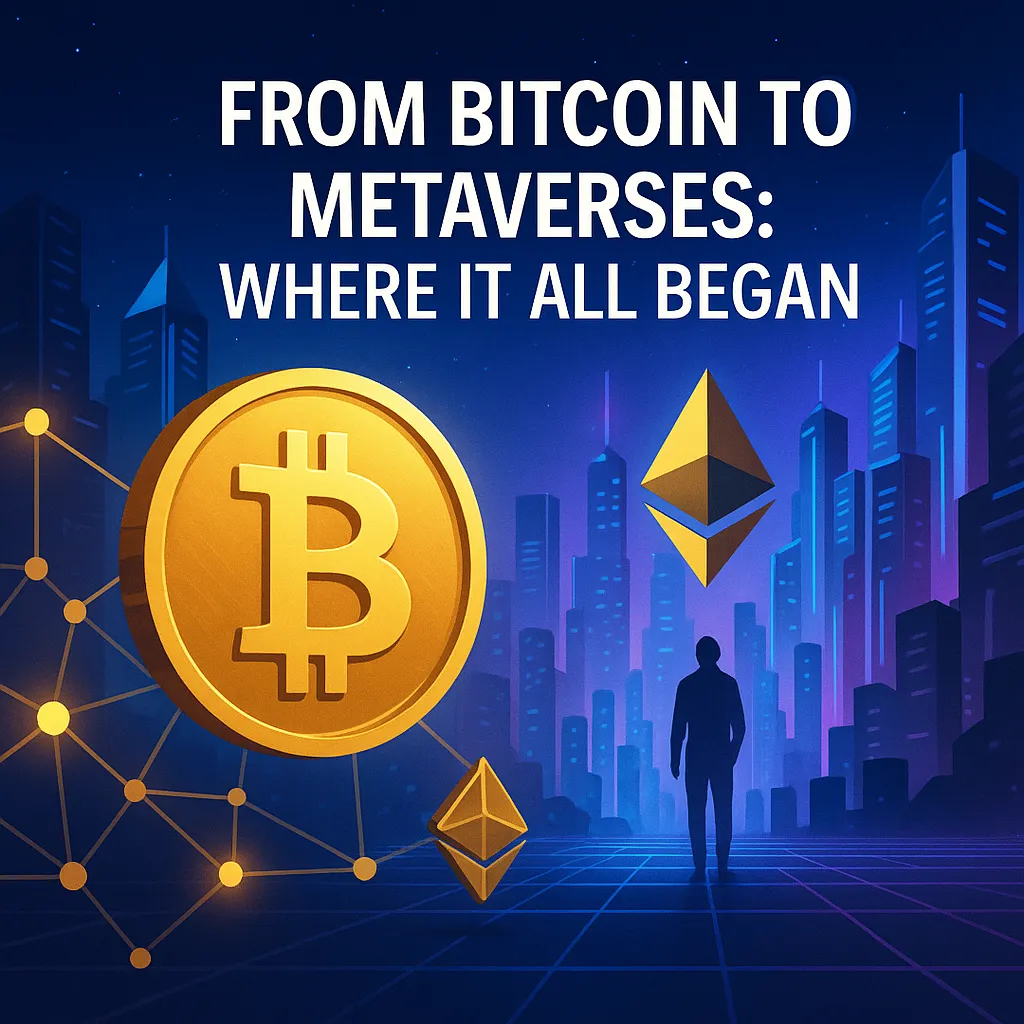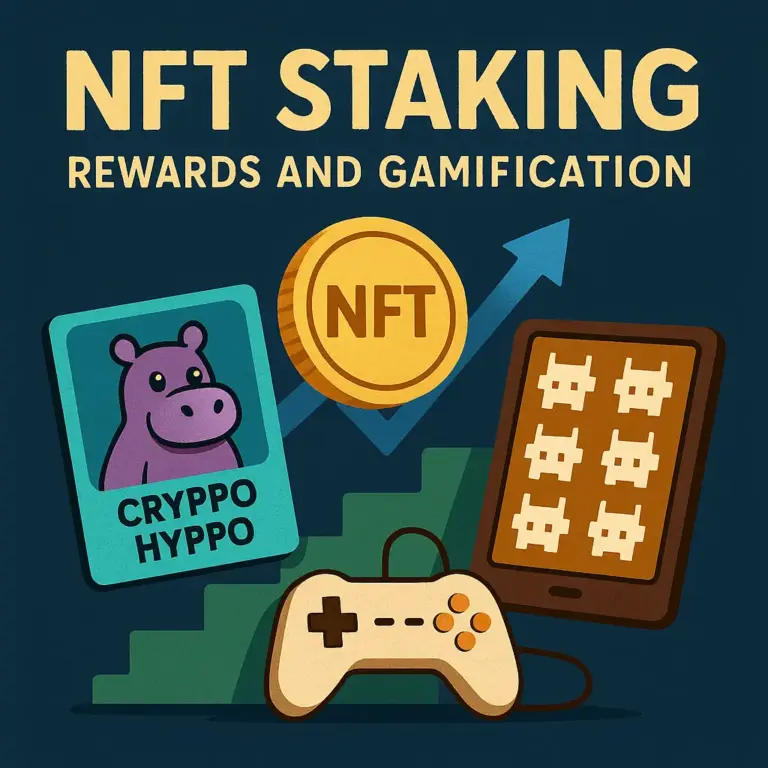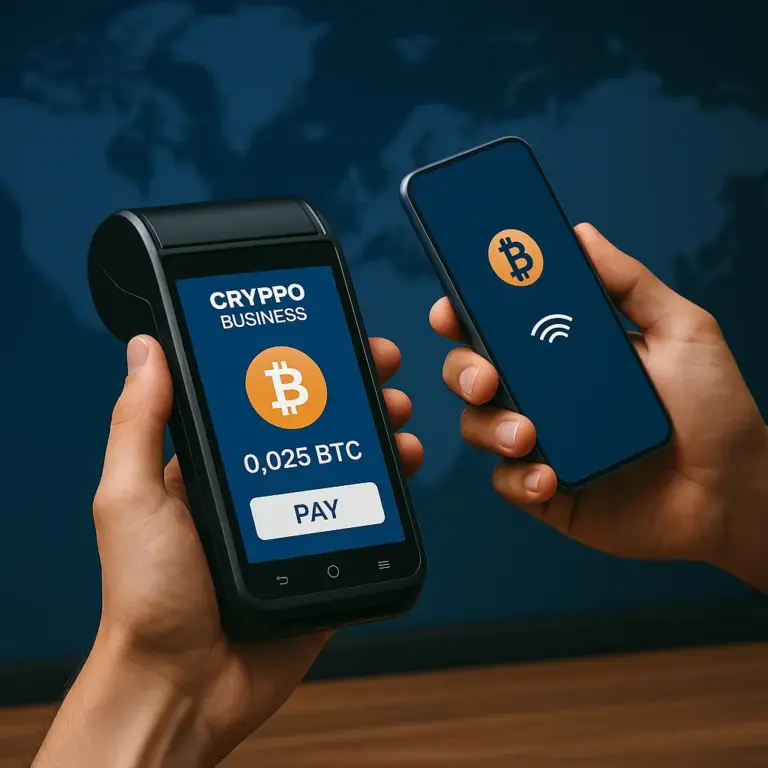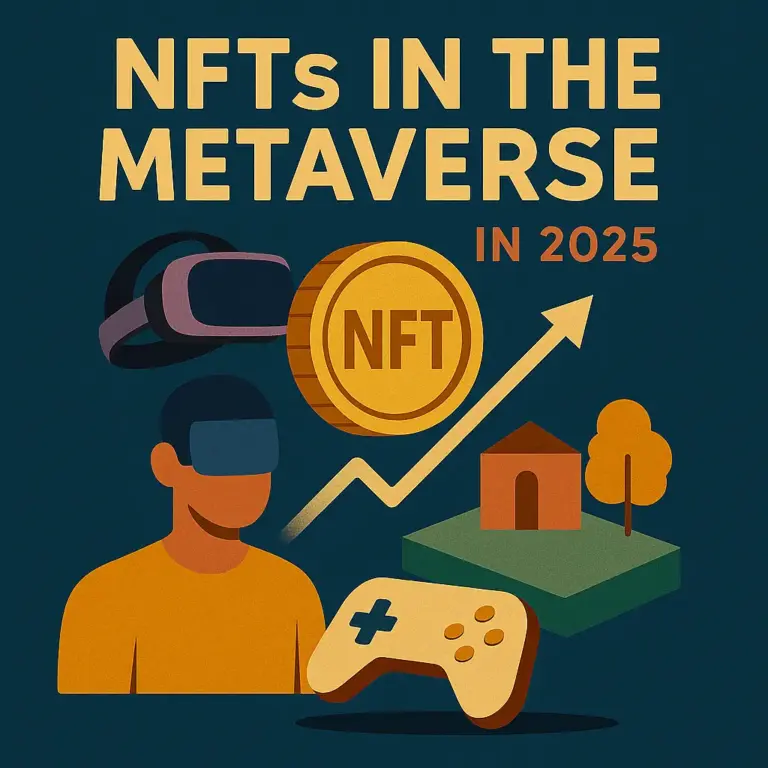Back in 2009, a pseudonymous figure known as Satoshi Nakamoto quietly launched a small piece of software that would soon ripple across industries. Bitcoin didn’t just introduce a digital currency — it rewired how we think about value, trust, and ownership. Today’s metaverses, NFTs, and decentralized communities trace their DNA back to that moment. But how exactly did we get from the Genesis Block to immersive digital economies? Let’s break it down.
The First Spark: What Bitcoin’s 2009 Launch Changed
The launch of Bitcoin marked more than just the birth of a new currency — it was a radical shift in the way value could be exchanged. On January 3, 2009, the Genesis Block was mined, embedding a message referencing the financial crisis: “The Times 03/Jan/2009 Chancellor on brink of second bailout for banks.” This wasn’t just poetic — it was political.
At the core of Bitcoin was a peer-to-peer system that eliminated the need for central banks and financial intermediaries. It allowed people to send money directly to one another, anywhere, without trusting a third party. This decentralization wasn’t just a technical choice — it was a philosophical one. It laid the groundwork for how future systems like Web3 would function.
Peer-to-peer wasn’t just a buzzword; it was the foundation of a future internet where ownership, governance, and trust could be reimagined.
Blockchain as the New Reality: Inheritance of NFTs and DAOs
Bitcoin’s greatest gift wasn’t just the coin — it was the blockchain itself. A distributed, immutable ledger became the blueprint for far more than money. Once developers saw the power of a secure, tamper-proof database, new ideas began to emerge.
Enter NFTs (non-fungible tokens) and DAOs (decentralized autonomous organizations). Both rely on blockchain’s ability to verify authenticity and record actions without centralized control. NFTs turned digital art and items into verifiable property, while DAOs let communities vote and govern without a traditional hierarchy.
The logic was simple: if Bitcoin could store financial value, why couldn’t blockchain also store digital assets, game characters, or even votes? This leap from a store of value to digital ownership and community governance became a defining trait of the Web3 evolution.
Trust Without Middlemen — In Currency and in Games
Trustless systems are at the heart of blockchain — and they don’t mean untrustworthy, but trust-free. You don’t have to rely on people, banks, or moderators. Code handles the rules. In Bitcoin, this meant transactions that didn’t need banks to verify them. In DAOs, this means governance decisions that don’t need executives.
So what about games and metaverses?
The same principle applies. Imagine buying a rare sword in a virtual world. You don’t need to trust that the platform won’t delete it — it’s on-chain, yours, and verifiable. Gaming economies, once held tightly by publishers, now belong to players. Items can be bought, sold, and even carried across platforms.
Voting in a DAO isn’t that different from submitting a transaction in Bitcoin. Both involve interacting with smart contracts, confirming actions on the blockchain, and trusting in decentralized consensus. That’s the magic — a shared digital space where fairness is coded in.
Metaverses as the Natural Extension of Crypto Ideas
If Bitcoin opened the door, metaverses walked through it. At first, blockchain was about money. Then it became about assets. Now, it’s about entire worlds.
In today’s decentralized metaverses — like Decentraland, The Sandbox, or Cryppo World — players interact with blockchain-verified 3D objects. Virtual land can be owned as NFTs. In-game currencies operate as tokens with real-world value. Trade, create, govern — all on-chain.
What’s more, these digital realms aren’t just games. They’re platforms for art galleries, concerts, businesses, and social communities. Blockchain ensures scarcity, proof of ownership, and portability — something traditional digital ecosystems couldn’t guarantee.
Instead of centrally controlled simulations, these are user-driven universes. And that shift? It began with Bitcoin.
How Bitcoin Still Shapes Web3 Today
Despite all the innovation that’s followed, Bitcoin remains a beacon of stability in the Web3 space. Many NFT and metaverse investors continue to hold BTC as a reserve — a kind of “digital gold” in a volatile market.
It’s not just about price. Bitcoin represents the original idea: a decentralized, censorship-resistant protocol that anyone can use. In a world of experiments, forks, and failures, it offers something rare — reliability.
In Web3 projects, BTC often serves as a symbol of trust. Some DAOs even use it as treasury backing. And during market turbulence, when altcoins crash or platforms disappear, Bitcoin tends to hold its ground. That long-term consistency makes it more than just a coin — it’s a reference point.
Table: From Bitcoin to the Metaverse — Key Milestones
| Year | Event | Impact |
|---|---|---|
| 2009 | Bitcoin Genesis Block mined | Launch of peer-to-peer digital money |
| 2015 | Ethereum introduces smart contracts | Enables NFTs, DAOs, and programmable assets |
| 2017 | NFT boom (CryptoPunks, CryptoKitties) | Popularizes digital ownership on blockchain |
| 2020 | Rise of metaverses and DAO platforms | Gaming + governance powered by blockchain |
| 2023 | Web3 integrations in mainstream games | Blockchain tools used by global studios |
